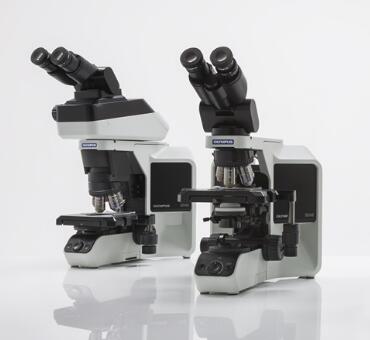Time:2022-03-28 Click:687
Metallographic microscope is an important optical instrument for analyzing the metallographic structure of metal materials. Metallography mainly refers to the branch of materials science that analyzes, studies and characterizes the microstructure, low magnification structure and fracture structure of materials by means of optical (metallographic) microscopes and stereo microscopes, etc. Quantitative characterization also includes necessary sample preparation, preparation and sampling. It mainly reflects and characterizes the phase and organizational composition, grains (including possible sub-crystals), non-metallic inclusions, and even the number, morphology, size, distribution, orientation, and spatial arrangement of some crystal defects that constitute the material. status, etc.
Metallographic microscopes have special illumination systems. Most of its illumination light sources are installed on the side or rear of the mirror body. In order to achieve the purpose of allowing light to enter the objective lens and then enter the eyepiece, it is necessary to install a reflector (plane mirror or prism) at the intersection of the two optical axes to make the light Vertical steering, if the light source is designed at the bottom of the metallographic microscope, the illuminating beam directly passes through the objective lens to the surface of the metallographic sample, and is reflected by the surface of the sample to the objective lens for imaging, and finally the reflector is used for vertical steering. The role of vertical lighting, it is called "vertical illuminator".
Metallurgical microscopes use different ways of reflecting mirrors to turn the beam (or image), and the illumination methods include bright field and dark field illumination.
1. Bright field illumination
Bright field illumination is a commonly used illumination method in metallographic microscopes. It relies on a vertical illuminator to emit light from the light source to the objective lens, and the objective lens then reflects the vertical or nearly vertical light on the grinding surface of the metallographic sample. . Then, the light reflected from the polished surface of the sample is magnified vertically through the objective lens, and then magnified twice by the eyepiece. In ordinary old metallographic microscopes, 45-degree inclined plane glass and total reflection prism are often used as vertical illuminators. Most of the large horizontal metallographic microscopes in the bright field lighting system have these two lighting installations, and their changes are completed by moving the handle back and forth or left and right. As vertical illuminators, flat glass and total reflection prisms both reflect and transmit light.
2. Dark Field Illumination
The difference between the dark field and the bright field is mainly the spread of the light path and the lighting effect. The parallel light of the light source is blocked by the annular diaphragm, and the light in the center cannot pass through, forming a hollow annular beam into the vertical illuminator, so that the light passes through the periphery of the objective lens and transmits on the special reflecting condenser, which reflects the light on the gold. On the ground surface of the sample, because the reflected light has a very large angle of inclination, if the sample is a polished mirror surface, the light on the sample is still reflected in the opposite direction with a large inclination, and it is impossible to enter the objective lens. The field of view is a dark color, as long as the light from the depression of the sample is emitted into the objective lens, it is exactly the opposite when viewing the sample in the dark field of the microscope and in the bright field.
